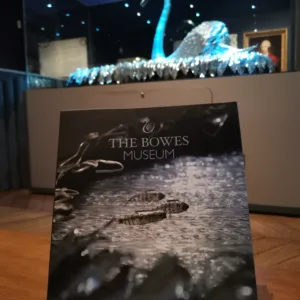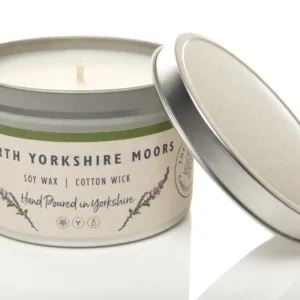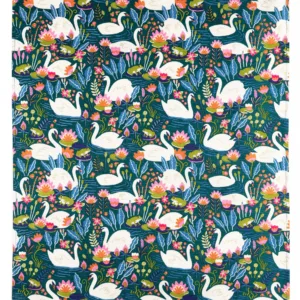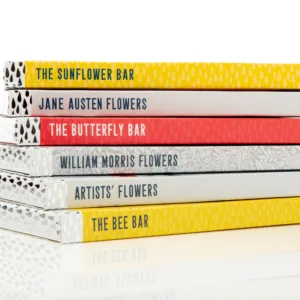The Bowes Museum Blog

The Bowes Museum Park and Gardens
The Bowes Museum is a hidden treasure, a jewel in the heart of beautiful Teesdale. The magnificent building stands proud in the historic market town of Barnard Castle and houses internationally significant collections of fine and decorative arts.
John and Joséphine Bowes’ beautiful love story started in Paris when they met in the Théâtre des Variétés, which John had bought and where Joséphine worked as an actress. Once the couple married in 1852 they developed the idea of creating a world-class museum back in John’s ancestral home of Teesdale in order to introduce the wider world of art to the local people. The 20-acre site for The Bowes Museum was purchased with some difficulty and at considerable expense. It took John Bowes more than five years to reach agreement with the owners of the various plots, using solicitors and third parties to conceal his request. The total cost was well over £4,000. The sale of the Château du Barry had raised £20,000 and since it had been his gift to Joséphine, he insisted it was her money they were spending.
The gardens were originally designed by John and Joséphine Bowes and the formal parterre garden was to complement the unique building.
A parterre, or formal garden, in front of the Museum was never completed according to the original plans. However, a number of exotic trees were planted, including the famous araucaria or ‘monkey puzzle’, planted in 1871.

After Joséphine’s death in 1874, John launched a project to build a memorial chapel in the Museum park. It had been her intention to build such a chapel and her will stated she wished to be buried there. Building began in 1875 but problems soon arose over access to the chapel via the park and the project was abandoned in 1877.
In 1920, agreement was reached between the Museum and church trustees that the chapel would be rebuilt in a corner of the park. The first stone was laid in October 1926 and, using stone from the abandoned chapel project, the building was completed in 1928.
In July that year, the bodies of John and Joséphine, which had laid temporarily at Gibside, were reinterred under a simple stone slab, just outside the chapel’s east end. As a protestant John could not be buried inside a Catholic chapel but a stone plaque outside the chapeldoor warmly acknowledges his contribution.
The parterre developed with multiple plantings between 1907-1913 and in 1914 a bandstand was built over the original central pond.

The photo above is an aerial photograph taken around the 1920’s – 1930’s where we can just see the bandstand in the middle of the garden and parked on the right are a few cars from the era.
(Details of picture above)
Pictures from 1960’s showing visitors relaxing in the grounds

Aerial photograph from the 1980’s.

A pavilion, a bowling green and lawn tennis courts were added around 1914.
The next major phase of development came in the 1980’s, when the present parterre was laid out in an elaborate and attractive French style. The pavilion was removed and the pond re-opened. Many more trees were planted including another of John Bowes’ favourite, the famous araucaria or ‘monkey puzzle’.
Sadly, last year the original ‘monkey puzzle’ tree had to be cut down due to safety reasons, as it stood over 20 metres tall.

In recent years, The Bowes Museum park has continued to adapt to modern demands. Aside from extensive car parks, there are now numerous pathways to explore, places to have picnics with a view and a fun children’s play area.






